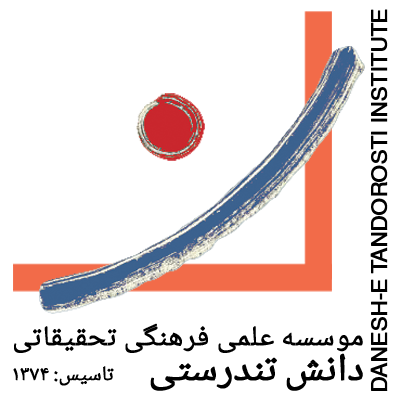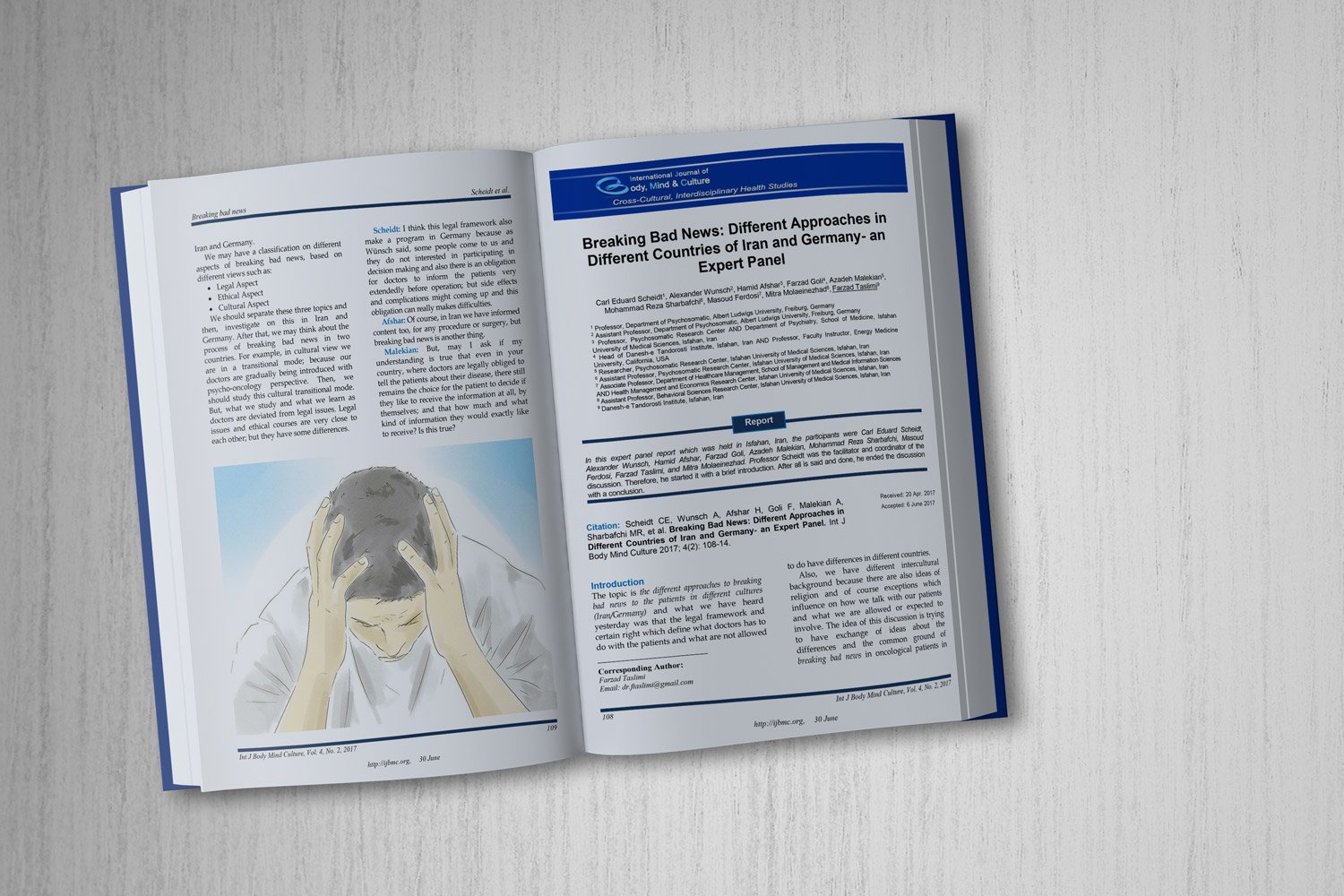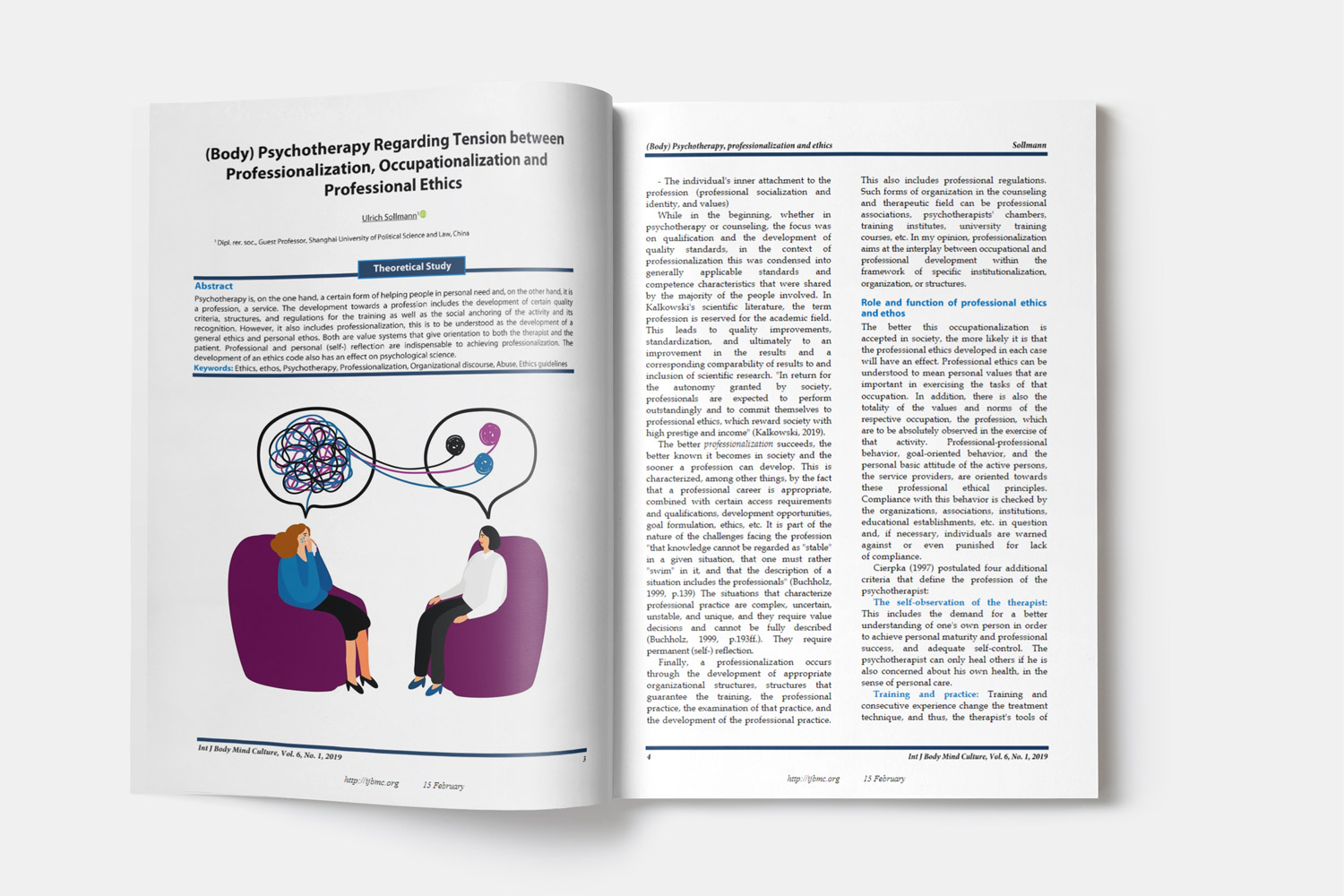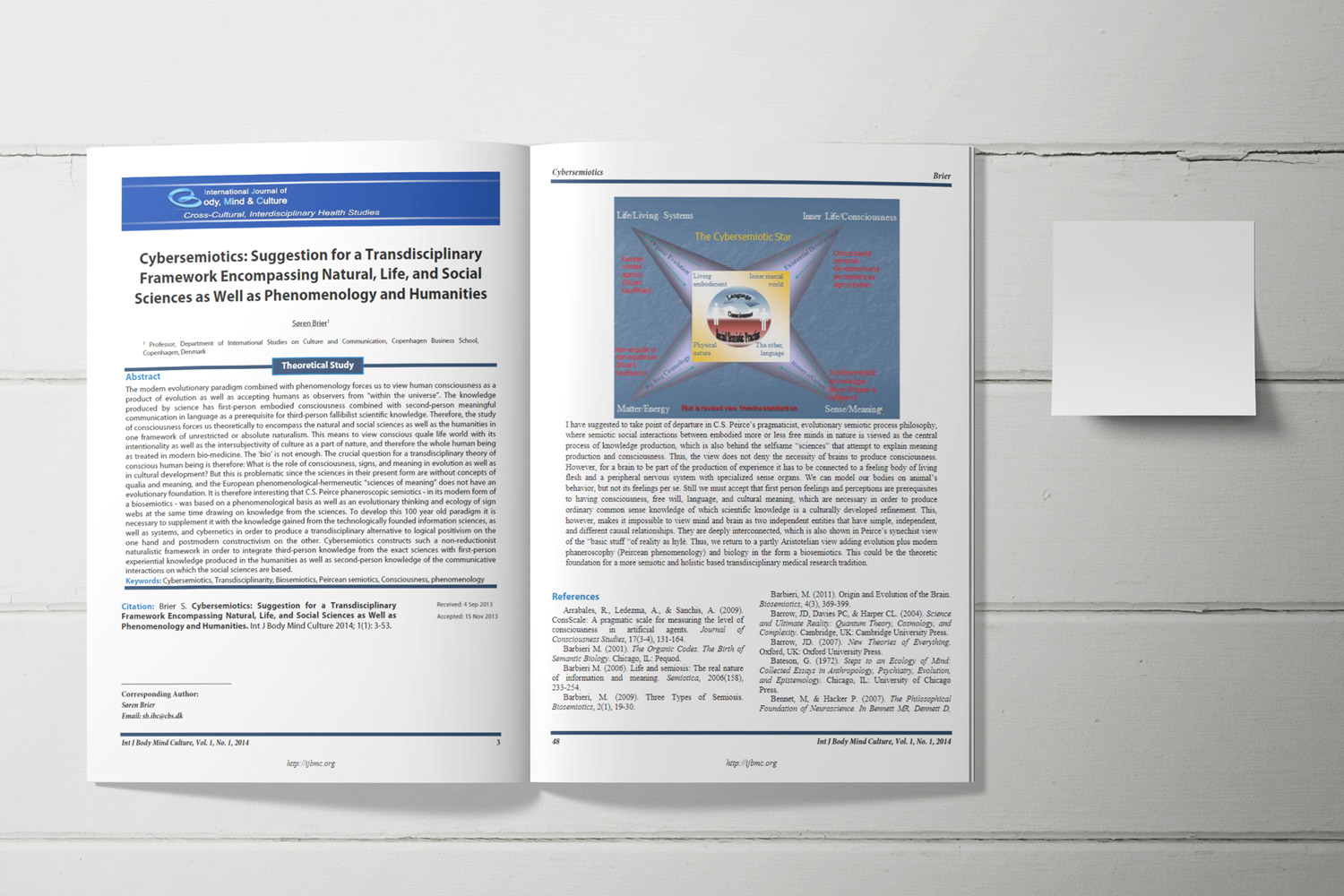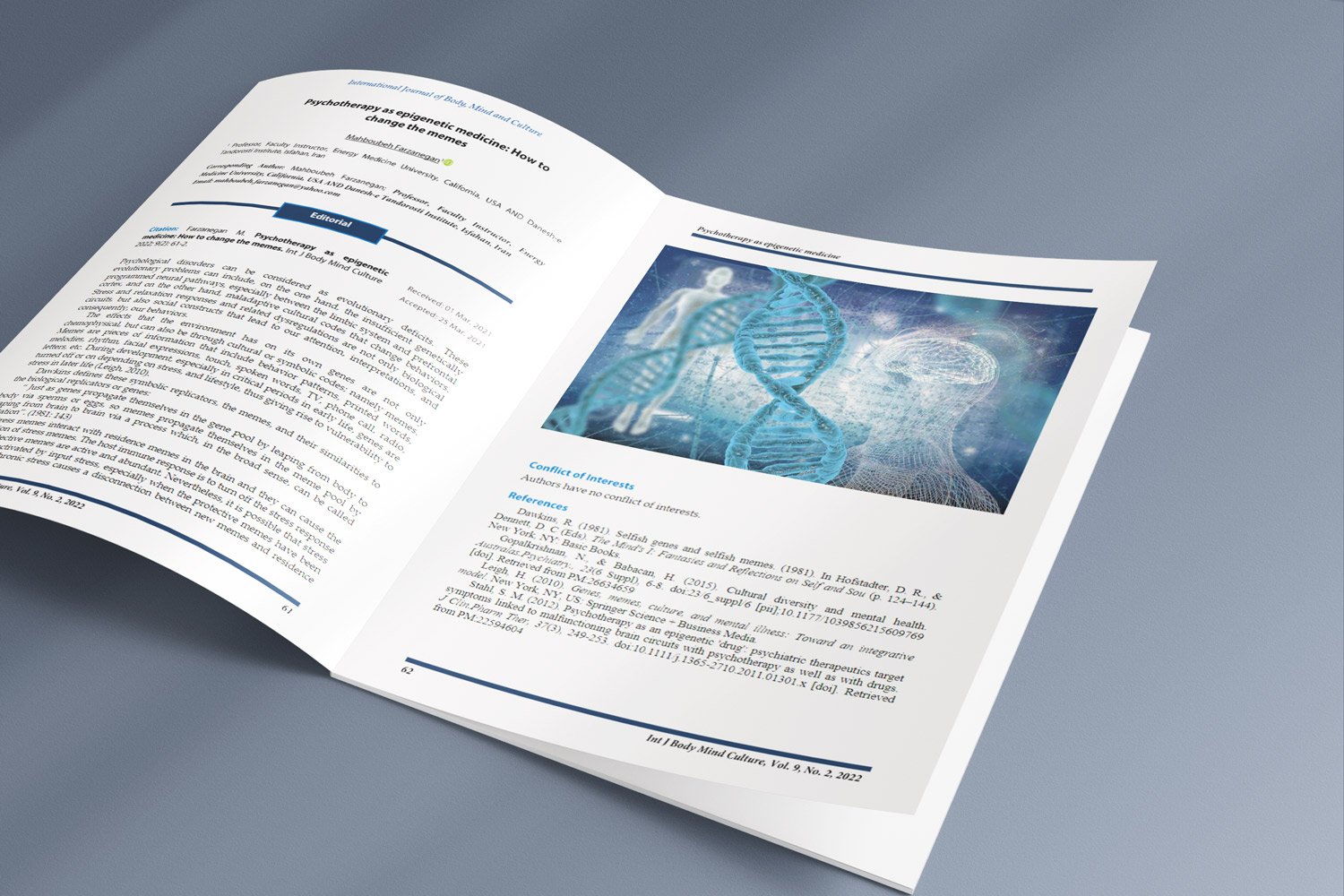Psychoneuroendocrine and Biochemical Markers of Academic Stress in Iraqi Postgraduate Students: A Narrative Review
Downloads
Objective: To synthesize evidence on psychoneuroendocrine and biochemical markers associated with academic stress and burnout, with emphasis on Iraqi postgraduate students and context-specific stressors, and to outline a research agenda for universities in Iraq.
Methods and Materials: This narrative review summarizes peer-reviewed literature and regional reports on stress biology relevant to higher education, focusing on hypothalamic–pituitary–adrenal axis activity (cortisol), catecholamines (adrenaline, noradrenaline), inflammatory cytokines (IL-6, TNF-α), C-reactive protein, and oxidative-stress indices (for example, malondialdehyde, superoxide dismutase). Conceptual coverage includes acute versus chronic stress, pandemic-related disruptions, sleep disturbance, and resource constraints typical of Iraqi campuses.
Findings: Across studies in student populations, academic stress is consistently linked to dysregulated cortisol rhythms, heightened catecholamine responses, elevated pro-inflammatory markers, and increased oxidative stress, which correlate with impairments in attention, memory, mood, and sleep. Evidence specific to Iraqi postgraduate students is emerging but fragmented, with few studies integrating psychological measures and biomarker panels using standardized sampling (for example, time-of-day for cortisol) and preregistered analytic plans. Structural barriers—limited laboratory capacity, socioeconomic strain, and stigma—compound risk and hinder surveillance. A pragmatic campus protocol could prioritize a minimal panel (salivary diurnal cortisol, high-sensitivity CRP, IL-6, TNF-α, and an oxidative-stress index), paired with validated scales for perceived stress, sleep quality, anxiety/depression, and academic functioning, in cross-sectional screening and longitudinal cohorts.
Conclusion: Academic stress among Iraqi postgraduate students likely involves convergent neuroendocrine, immune-inflammatory, and oxidative pathways that degrade cognitive and emotional health. Universities should develop integrated psychological–biochemical screening and support programs, standardize biomarker collection, and invest in longitudinal designs to identify modifiable risks and evaluate campus interventions.
Downloads
Agha, T. H. A. K. (2014). Ethnic Identity and Culture in Foreign Language Motivation: EFL for Kurdish and Arabic Students in Iraqi Higher Education Center for Language Technology, Faculty of Humanities, University of Copenhagen]. https://researchprofiles.ku.dk/da/publications/ethnic-identity-and-culture-in-foreign-language-motivation-efl-fo/
Ahmed, H. M., Alkhateeb, N. E., Shabila, N. P., & Ahmad, A. A. (2024). Research practice, satisfaction, motivation, and challenges among university academics in Kurdistan Region of Iraq. Plos one, 19(4), e0302540. https://doi.org/10.1371/journal.pone.0302540
Ahmed, M. M., Ibrahim, R. M., & Younis, N. M. (2024). Assessment of Sleep Habits among Nursing Students in Mosul City/Iraq. Journal of Current Medical Research and Opinion, 7(05),2420-2429.https://doi.org/10.52845/CMRO/2024/7-5-3
Akhtar, Z., & Shaheen, G. (2024). A Comparative Study of Stress and Well-being among College Students. Indian Journal of Health & Wellbeing, 15(2). https://openurl.ebsco.com/EPDB%3Agcd%3A9%3A28453177/detailv2?sid=ebsco%3Aplink%3Ascholar&id=ebsco%3Agcd%3A178493250&crl=c&link_origin=scholar.google.com
Al-Ayadhi, L. Y. (2005). Neurohormonal changes in medical students during academic stress. Annals of Saudi medicine, 25(1), 36-40. https://doi.org/10.5144/0256-4947.2005.36
Al-Bajalani, H. A.-S. J. (2024). Effect of examination stress on some biochemical indices in Tikrit College students. International Journal of Medicine and Health, 3(1), 79-87. https://doi.org/10.55606/ijmh.v3i1.3074
Al-Nimer, M. S. (2010). Measuring mental health following the 6-year American invasion of Iraq. A general health questionnaire analysis of Iraqi medical and dentistry students. Neurosciences Journal, 15(1), 27-32. https://nsj.org.sa/content/15/1/27.short
Al-Wasidi, A. S., El-Ghaffar, A., Haytham, A., Naglah, A. M., Kalmouch, A., Hamed, M., & Moustafa, G. (2020). Effect of density on growth hormone and some physiological parameters and its relation to growth performance. Egyptian Journal of Chemistry, 63(4), 1575-1584. https://doi.org/10.21608/ejchem.2020.21105.2258
Al Ani, H. M., Al Shawi, A. F., Lafta, R. K., Abdulqadir, O., Nadhim, S., & Abdulkarim, S. (2024). Influence of stress, anxiety, and depression on sleep quality and academic performance of medical students in Fallujah University, Iraq. International Journal of Social Psychiatry, 70(4), 772-777. https://doi.org/10.1177/00207640241229381
Al Shawi, A. F., Abdullateef, A. N., Khedher, M. A., Rejab, M. S., & Khaleel, R. N. (2018). Assessing stress among medical students in Anbar governorate, Iraq: a cross-sectional study. Pan African Medical Journal, 31(1).
https://doi.org/10.11604/pamj.2018.31.96.16737
Alanbari, B. F., Juboori, M. J. A., & Alghazali, M. W. (2023). Dental Environment Stress Among Iraqi Students: A Qualitative Study. Journal of Emergency Medicine, Trauma & Acute Care, 2023(3), 3. https://doi.org/10.5339/jemtac.2023.midc.3
Alkozi, H. A., Alhudhayf, H. A., & Alawad, N. M. A. (2024). Association between dry eye disease with anxiety and depression among medical sciences students in Qassim region: cortisol levels in tears as a stress biomarker. Journal of Multidisciplinary Healthcare, 4549-4557. https://doi.org/10.2147/JMDH.S488956
Alshammari, W. K. (2024). Test anxiety: a comparative study of post-graduate taught students in the UK and Saudi Arabia University of Glasgow].https://
10.5525/gla.thesis.84476
Alvarez-Diduk, R., & Galano, A. (2015). Adrenaline and noradrenaline: protectors against oxidative stress or molecular targets? The Journal of Physical Chemistry B, 119(8), 3479-3491. https://doi.org/10.1021/acs.jpcb.5b00052
Ansari, S., Khan, I., & Iqbal, N. (2025). Association of stress and emotional well-being in non-medical college students: A systematic review and meta-analysis. Journal of Affective Disorders, 368, 200-223. https://doi.org/10.1016/j.jad.2024.09.029
Arambewela, R., & Hall, J. (2008). A model of student satisfaction: International postgraduate students from Asia. European advances in consumer research, 8(1), 129-135. http://www.acrwebsite.org/volumes/13925/eacr/vol8/E-08
Bailey, F. J., & Dua, J. (1999). Individualism—collectivism, coping styles, and stress in international and Anglo‐Australian students: A comparative study. Australian Psychologist, 34(3), 177-182. https://doi.org/10.1080/00050069908257451
Buchanan, S. A. (2015). The Effect of Biglycan on TNF-alpha Signaling and Innervation in the Intervertebral Disc. Rush University. https://www.proquest.com/openview/590423e80d49841edd5a4cbc88deabf7/1?pq-origsite=gscholar&cbl=18750
Chaabane, S., Chaabna, K., Bhagat, S., Abraham, A., Doraiswamy, S., Mamtani, R., & Cheema, S. (2021). Perceived stress, stressors, and coping strategies among nursing students in the Middle East and North Africa: an overview of systematic reviews. Systematic reviews, 10(1), 136. https://doi.org/10.1186/s13643-021-01691-9
Czerska, M., Mikołajewska, K., Zieliński, M., Gromadzińska, J., & Wąsowicz, W. (2015). Today’s oxidative stress markers. Medycyna pracy, 66(3). https://doi.org/10.13075/mp.5893.00137
Faranak Abdoli, S. R., & Haji-Adinehº, S. (2019). The Effect of Cognitive-Behavioral Stress Management Training on Psychological Health and Stress among Parents of Mentally Disabled Children. Culture, 6(3), 152-159. https://www.kusadasipsikolog.com/assets/pdf/1.pdf
Fawzy, M., & Hamed, S. A. (2017). Prevalence of psychological stress, depression and anxiety among medical students in Egypt. Psychiatry research, 255, 186-194. https://doi.org/10.1016/j.psychres.2017.05.027
Ghafoor, A., & Haar, J. (2022). Does job stress enhance employee creativity? Exploring the role of psychological capital. Personnel Review, 51(2), 644-661. https://doi.org/10.1108/PR-08-2019-0443
Hasan, A. A., Ali, D. H., Abd Zaid, Z. A., & Washeel, O. F. (2022). Exploring the Factors Creating Happiness Among Students of Iraq: Mediating Effect of Life Satisfaction. Eurasian Journal of Educational Research (EJER)(100). DOI: htpps://10.14689/ejer.2022.100.016
Hida, R. M. (2021). School and Educational Psychology in the Arab World: A Mixed Methods Study Examining Publication Trends and Research Practices of Arab Scholars. North Carolina State University. https://www.proquest.com/openview/6e9a61634d30ea653ca179aae0b0fc48/1?pq-origsite=gscholar&cbl=18750&diss=y
Jaber, S. S. (2012). Developing a self-help guide for traumatised university students in Iraq University of Nottingham]. https://eprints.nottingham.ac.uk/id/eprint/12565
Jafar, H. (2021). Internationalization of Higher Education and Imported Universities in Post-conflict Iraq through a Policy Borrowing Lens. University of Toronto (Canada). https://doi.org/10.3102/1897304
Jawad, S. N., & Al-Assaf, S. I. (2014). The higher education system in Iraq and its future. International Journal of Contemporary Iraqi Studies, 8(1), 55-72. https://doi.org/10.1386/ijcis.8.1.55_1
Johnson, T. V., Abbasi, A., & Master, V. A. (2013). Systematic review of the evidence of a relationship between chronic psychosocial stress and C-reactive protein. Molecular diagnosis & therapy, 17(3), 147-164. https://doi.org/10.1007/s40291-013-0026-7
Khan, M., Perwez, S. K., Gaddam, R. P., Aiswarya, R., Abrar Basha, M., Malas, A., Haque, S., & Ahmad, F. (2024). Mind matters: exploring the intersection of psychological factors and cognitive abilities of university students by using ANN model. Neuropsychiatric disease and treatment, 137-148. https://doi.org/10.2147/NDT.S436975
Mangan, R. J., Alsina, F. C., Mosti, F., Sotelo-Fonseca, J. E., Snellings, D. A., Au, E. H., Carvalho, J., Sathyan, L., Johnson, G. D., & Reddy, T. E. (2022). Adaptive sequence divergence forged new neurodevelopmental enhancers in humans. Cell, 185(24), 4587-4603. e4523. https://doi.org/10.1016/j.cell.2022.10.016
Maslach, C., & Leiter, M. P. (2017). Understanding burnout: New models. The handbook of stress and health: A guide to research and practice, 36-56. https://doi.org/10.1002/9781118993811.ch3
Mohammed, Q. (2016). Academic-Related Stress and Responses of Nursing College Students in Baghdad University. IOSR Journal of Nursing and health Science, 5(2), 63-69. DOI: https://10.9790/1959-05216369
Mohammed, Q., & Sajit, K. (2016). Stress and its associated factors among students of the College of Nursing University of Baghdad. Iraqi Natl J Nurs Spec, 29, 30-37. https://doi.org/10.58897/injns.v29i2.252
Nguyen, L. D., Chau, R. K., & Krichevsky, A. M. (2021). Small molecule drugs targeting non-coding RNAs as treatments for Alzheimer’s disease and related dementias. Genes, 12(12), 2005. https://doi.org/10.3390/genes12122005
Onuoha, C. U., & Idemudia, E. S. (2020). Academic demands and mental health among undergraduate students in full-time employment: the moderating role of perceived social support. Journal of Psychology in Africa, 30(2), 89-95. https://doi.org/10.1080/14330237.2020.1712805
Patel, R., Kaur, K., & Singh, S. (2021). Protective effect of andrographolide against STZ induced Alzheimer’s disease in experimental rats: possible neuromodulation and Aβ (1–42) analysis. Inflammopharmacology, 29(4), 1157-1168. https://doi.org/10.1007/s10787-021-00843-6
Pears, E. (1989). An Enquiry into the Influence of Coping Styles And Locus of Control on Psychiatric Adjustment to Stress in British and Arab Students The University of Manchester (United Kingdom)]. https://www.proquest.com/openview/470d55f09a9f23b15a3c079823ab4e83/1?pq-origsite=gscholar&cbl=2026366&diss=y
Ramphal, R., Balloy, V., Huerre, M., Si-Tahar, M., & Chignard, M. (2005). TLRs 2 and 4 are not involved in hypersusceptibility to acute Pseudomonas aeruginosa lung infections. The Journal of Immunology, 175(6), 3927-3934. https://doi.org/10.4049/jimmunol.175.6.3927
Raza, S. A., Qazi, W., Umer, B., & Khan, K. A. (2020). Influence of social networking sites on life satisfaction among university students: a mediating role of social benefit and social overload. Health Education, 120(2), 141-164. https://doi.org/10.1108/HE-07-2019-0034
Ruiz-Robledillo, N., Vela-Bermejo, J., Clement-Carbonell, V., Ferrer-Cascales, R., Alcocer-Bruno, C., & Albaladejo-Blázquez, N. (2022). Impact of COVID-19 pandemic on academic stress and perceived classroom climate in Spanish university students. International Journal of Environmental Research and Public Health, 19(7), 4398. https://doi.org/10.3390/ijerph19074398
Saadi, R. K., Salman, S. T., Hassuby, S. F., & Adnaan, H. D. (2023). Effect of educational stress on menstrual cycle in female medical students studied in College of Medicine/Diyala Universities comparing with non-medical students in other colleges. Journal of Natural Science, Biology and Medicine, 14(1), 64. https://jnsbm.org/menuscript/index.php/submissions/article/view/201
Salahuddin, P., Fatima, M. T., Abdelhameed, A. S., Nusrat, S., & Khan, R. H. (2016). Structure of amyloid oligomers and their mechanisms of toxicities: Targeting amyloid oligomers using novel therapeutic approaches. European journal of medicinal chemistry, 114, 41-58. https://doi.org/10.1016/j.ejmech.2016.02.065
Salimzadeh, R., Saroyan, A., & Hall, N. C. (2017). Examining the factors impacting academics’ psychological well-being: A review of research. International Education Research, 5(1), 13-44. https://doi.org/10.12735/ier.v5n1p13
Tinnes, J. (2024). Terrorism and Education. Perspectives on Terrorism, 18(2), 151-196. htpps://DOI: 10.19165/2024.1988
Vijayaraghava, A., & Doreswamy, V. (2017). Exercise and the cytokines-interleukin-6 (IL-6) and tumor necrosis factor-alpha (TNF-alpha): A review: Exercise and the cytokines, IL-6, TNF-alpha. Annals of Medical Physiology, 1(1), 3-8. https://doi.org/10.23921/amp.2017v1i1.263485
Yang, F., Lim, G. P., Begum, A. N., Ubeda, O. J., Simmons, M. R., Ambegaokar, S. S., Chen, P. P., Kayed, R., Glabe, C. G., & Frautschy, S. A. (2005). Curcumin inhibits formation of amyloid β oligomers and fibrils, binds plaques, and reduces amyloid in vivo. Journal of Biological Chemistry, 280(7), 5892-5901. https://doi.org/10.1074/jbc.M404751200
Zainulabdeen, J. A., & Sami, M. M. (2016). Evaluation of selected biochemical parameters in sera of Iraqi academic students. Advances in Environmental Biology, 10(6), 103-110. https://ijbmc.org/index.php/ijbmc/article/view/1054
Zakaria, M. Z., Aziz, A. R. A., Shukor, N. M., Othman, M. F., & Hamid, M. A. A. (2021). Coping mechanism towards academic stress among students: an analysis from Islamic perspective. Ulum Islamiyyah, 33(1), 31-53. https://doi.org/10.33102/uij.vol33no1.194
Zaman, B. A., Rasool, S. O., Sabri, S. M., Dhahir, D. M., Rasheed, E. A., Ahmed, G. M., Hussein, M. A., & Tegir, Z. A. (2024). Investigating serum cortisol dynamics and cardiovascular impacts amid university exam stress: a pre-post cohort study. Acta Cardiologica Sinica, 40(6), 781. doi: https://10.6515/ACS.202411_40(6)
Copyright (c) 2025 International Journal of Body, Mind and Culture

This work is licensed under a Creative Commons Attribution-NonCommercial 4.0 International License.








